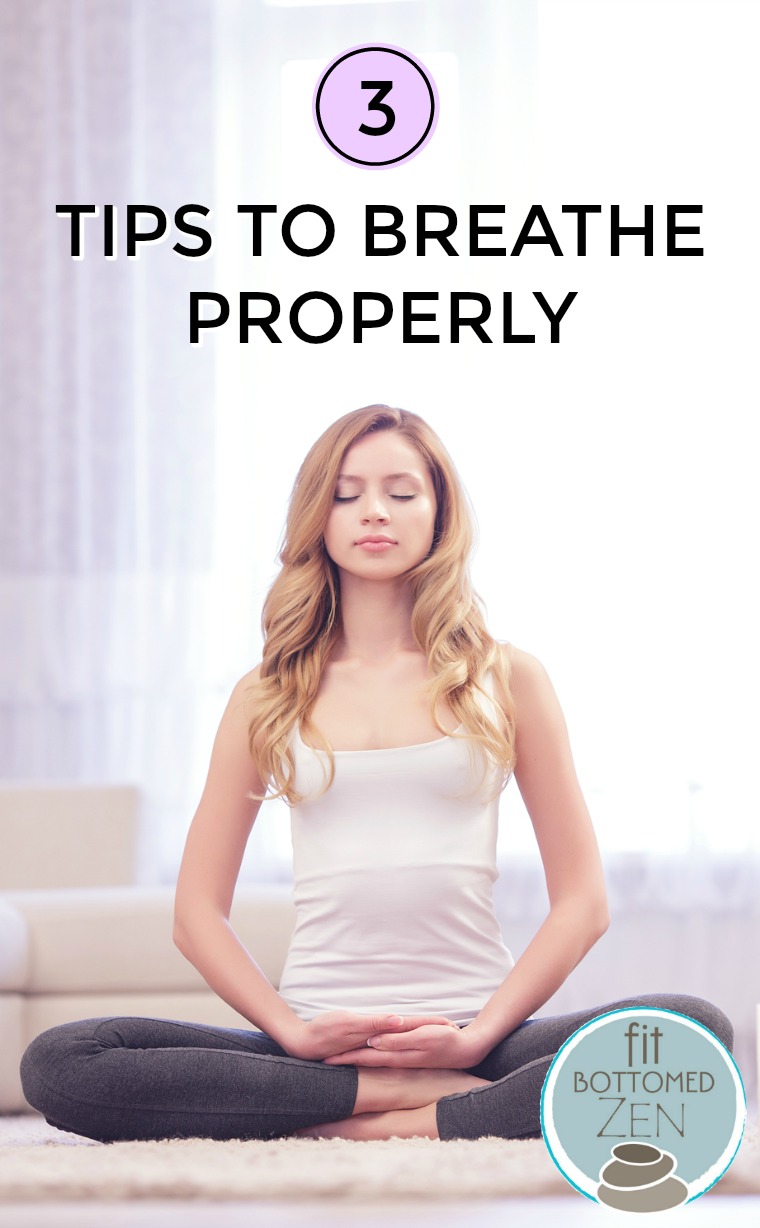Do You Know How to Breathe Properly, Really?

Breathing is effortless. It requires no thought. Many of us only concentrate on our breathing when our oxygen is restricted. That feeling of shortness of breath — being swept underwater by a rogue wave, a rigorous run or an asthma attack — can all throw someone into disarray. A minute of restricted breathing feels like a lifetime. Every cell in the body aches for a constant supply of oxygen, making those singular moments feel like eternity.
How we breathe affects every part of our body. When we take short, shallow breaths, airways become tighter, blood vessels constrict, the nervous system becomes unbalanced, and less energy is produced. Despite breathing being integral to our health, most of us do not know how to breathe properly. If you practice these techniques you will find yourself breathing easy.
1. Breathe Through the Nose
Learn to breathe in and out through your nose. No one wants to be a mouth breather. Mouth breathing is not only a bad habit that keeps the mouth agape (similar to Napoleon Dynamite), it severely affects the amount of air the body receives. Breathing through your mouth delivers lower quality air to your lungs. Your nose filters cold, virus-ridden air into clean breaths. The mouth is not capable of filtering our breaths the same way the nose can. If you initially find it difficult to breathe through your nose, don’t worry. It may take a few days for your nostrils to adjust but they will open, allowing for cleaner, more efficient breathing.
2. Use Your Diaphragm
When we breathe, our bodies rely on muscles in our chest, neck, shoulders and diaphragm. Many people are inclined to take short gulps of air rather than using their diaphragm to breathe deeply. When we fail to use our diaphragm, our internal organs (i.e. stomach, liver and intestines) are not exercised, they do not move properly. Full breaths massage our internal organs allowing our entire body to function better. Breathing through the diaphragm relaxes the chest, putting the neck and shoulders at ease, reducing tension in your entire body, including your heart.
3. Be Mindful
Mindfulness breathing is a form of meditation. Its primary focus is inhalation. This meditative practice teaches how easy it is for the mind to wander. Mindfulness breathing not only fosters a greater sense of self awareness, but it also makes us aware of our bodies. Concentrate on your posture, relax your muscles and attempt to keep a rhythm in your breathing. Breathe out for 3 to 4 seconds. Exhaling for a longer time allows for a greater inhale and more oxygen. Mindful breathing is an excellent practice for your mental and physical health. Setting time aside (even 10 minutes) to focus solely on your breaths has the potential to be life changing.
We breathe every day — it’s simple, effortless and easy. Taking a little time to assess how we are breathing can dramatically improve how our body functions. Breathing provides our bodies with oxygen to feed our cells and remove toxic carbon dioxide. Do your body a favor, breathe deeply. Exhale more. Feed some trees (they love carbon dioxide).
Have you thought about your breathing before? How do you breathe deeply? —Alex
